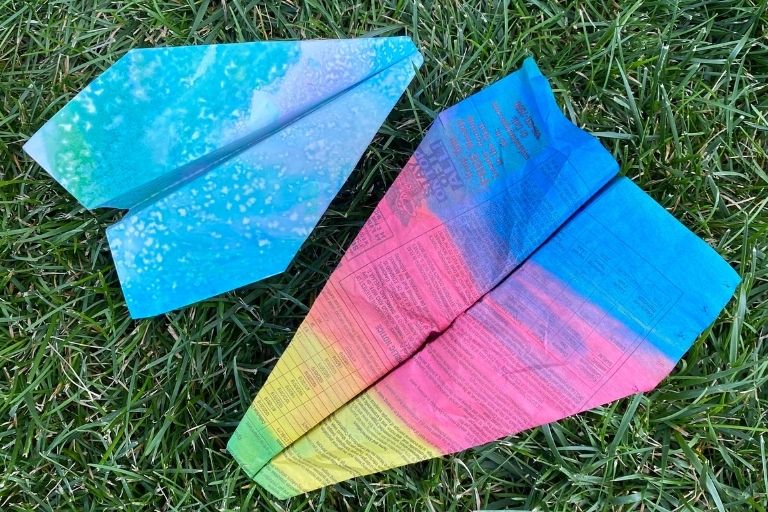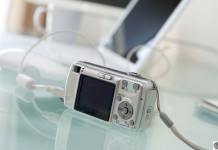National STEM and STEAM Day is November 8th. Let’s celebrate by doing some activities. I challenge you to choose one STEM or STEAM activity to try with your kids today! Tag us on social media and let us know what you tried.
What are STEM and STEAM?
STEM stands for science, technology, engineering, and math. STEM fields are any careers/disciplines that involve one of these four categories. When we talk about STEM activities, we are usually talking about the connectedness of these disciplines. The activity includes two or more STEM categories. STEAM adds in an art component to STEM, which helps focus on creative thinking and process-oriented activities. The goal is hands-on, real-world lessons that apply STEM/STEAM concepts.
Favorite STEM and STEAM Activities
Today I’m sharing three of my favorite and most popular STEM/STEAM activities. I’ll give you a summary of the activity plus a list of example projects to try. All of these activities work for a variety of ages, from toddlers to high school.
Can You Build a Boat?
Think about what materials you can use to build a boat that floats. Raid your recycling bin. Or grab some sticks from outside. Will your materials need to be waterproofed? What can you cover them with (a layer of plastic or maybe some paint)?
Next, you’ll need materials to fasten your boat together. Can you use glue, tape, or string?
Here’s an extra challenge: Will your boat hold passengers or weight?

After your boat is floating in water, add some passengers – toy figures should work nicely.
Or you can add pennies or washers to test how much weight it can hold. When does it sink?
Check out my post on How to Build a Boat: 25 Designs and Experiments for Kids.
How is this STEM/STEAM?
Science: Make observations and predictions. Learn about buoyancy (what floats). Explore what materials are waterproof. Conduct an experiment to test the boat.
Technology: Use tools to build a boat. Use a computer program to help create the boat.
Engineering: Design and build. Select appropriate materials. Adjust your design as needed.
Art: Use artistic expression in your design. Create a pleasing aesthetic.
Math: Measuring. Counting. Geometry.
Make a Volcano
My almost 11-year-old has career aspirations to be a volcanologist. We’ve been making baking soda and vinegar volcanoes since he was two. He’s been interested in real volcanoes since he was seven.
There are lots of ways to make a volcano model. I suggest you start by researching or reading about real volcanoes. Why do they erupt? How do they form? You can select books from the library or search on the web.
Real volcanoes don’t erupt because of baking soda and vinegar. However, there are chemical reactions and physical changes that take place to cause the eruption. Using baking soda and vinegar simply models what an eruption looks like.

Check out these 10 Ways to Make a Volcano with ideas for using everything from tape to sand to papier-mâché.
How is this STEM/STEAM?
Science: Make observations and predictions. Learn about chemical reactions. Read about real volcanoes, their shapes, and what makes them erupt.
Technology: Use a computer to research volcanoes. Use a computer to model your volcano.
Engineering: Design and create a model. Adjust your design as needed.
Art: Make your model look like a real volcano or an artistic interpretation of one.
Math: Measuring. Counting. Geometry.
Experiment with Paper Airplanes
Paper airplanes are a staple of childhood. They only require one material – a piece of paper. Add art to the process by creatively decorating your paper. Or turn a piece of artwork into a paper airplane. Explore how different paper airplane designs change how your plane flies.

You can see examples of how we painted newspaper and watercolor paper to create stunning, colorful paper airplanes from recycled paper.
How is this STEM/STEAM?
Science: Make observations and predictions. Learn about flight. Conduct an experiment.
Technology: Use a computer to research real airplanes and paper airplane designs. Make a video of your experiment.
Engineering: Design and build an airplane. Adjust your design as needed.
Art: Be creative. Use an art technique to cover your paper.
Math: Measuring. Counting. Geometry.
Which STEM or STEAM project will you choose?










